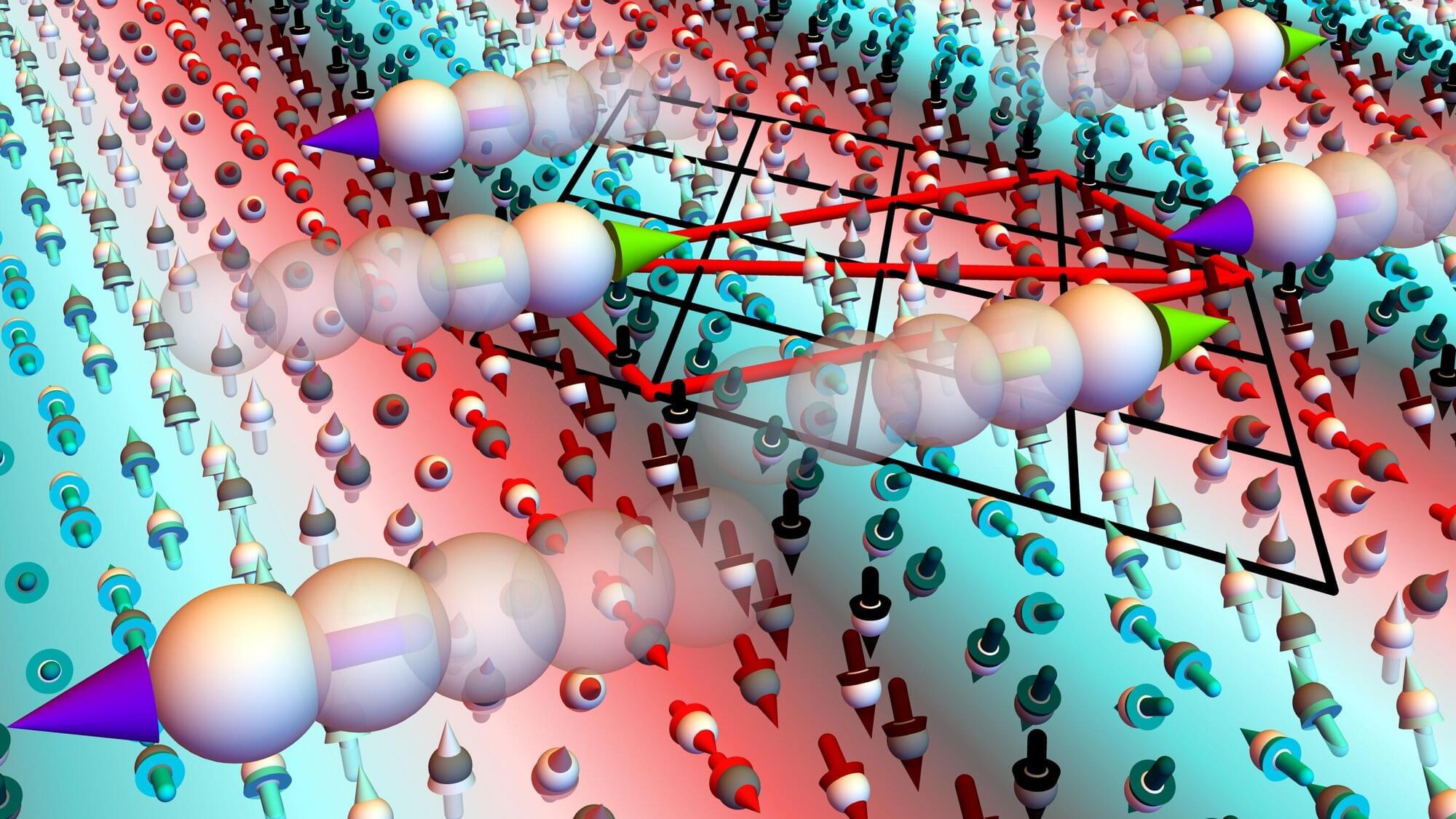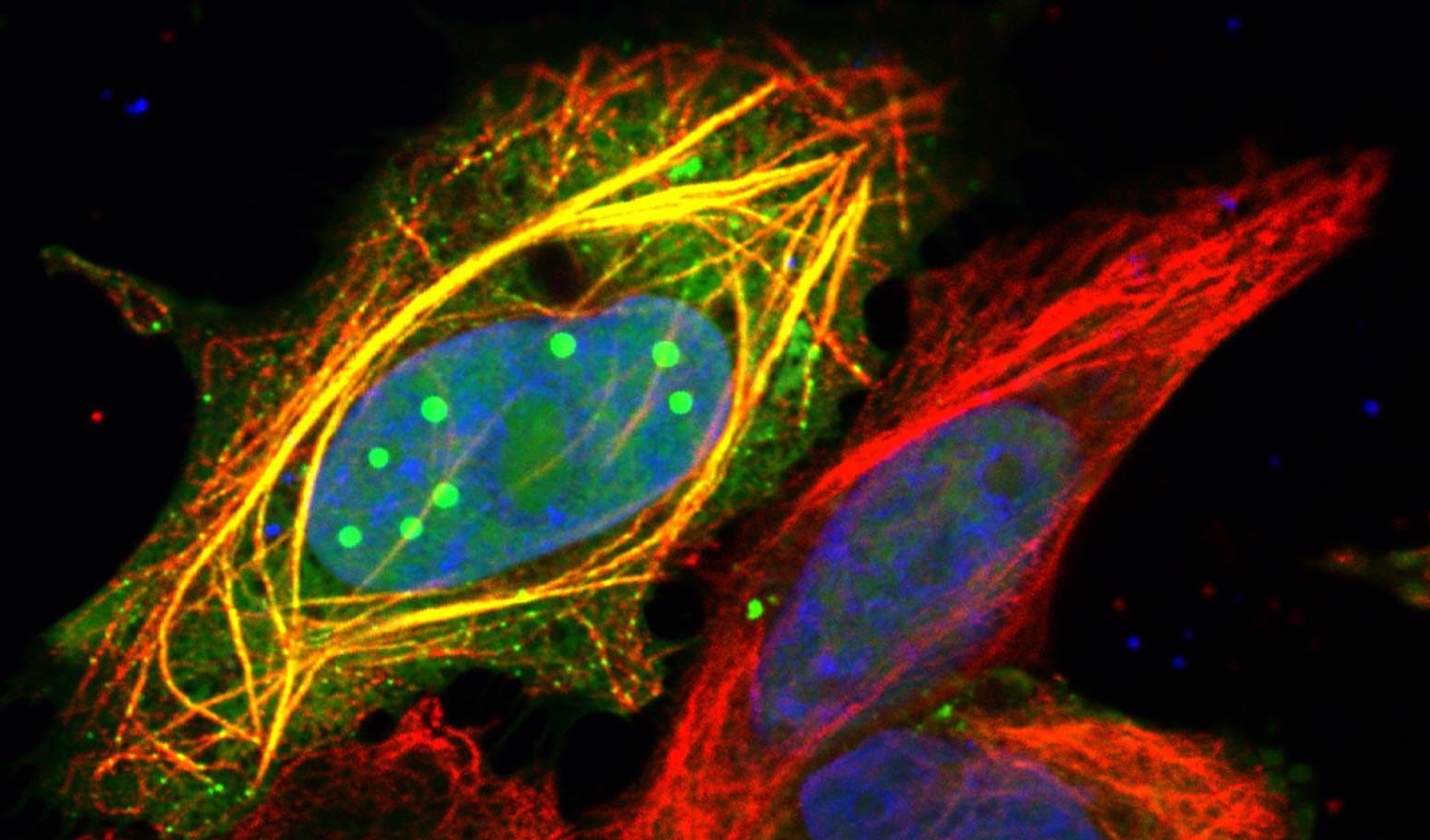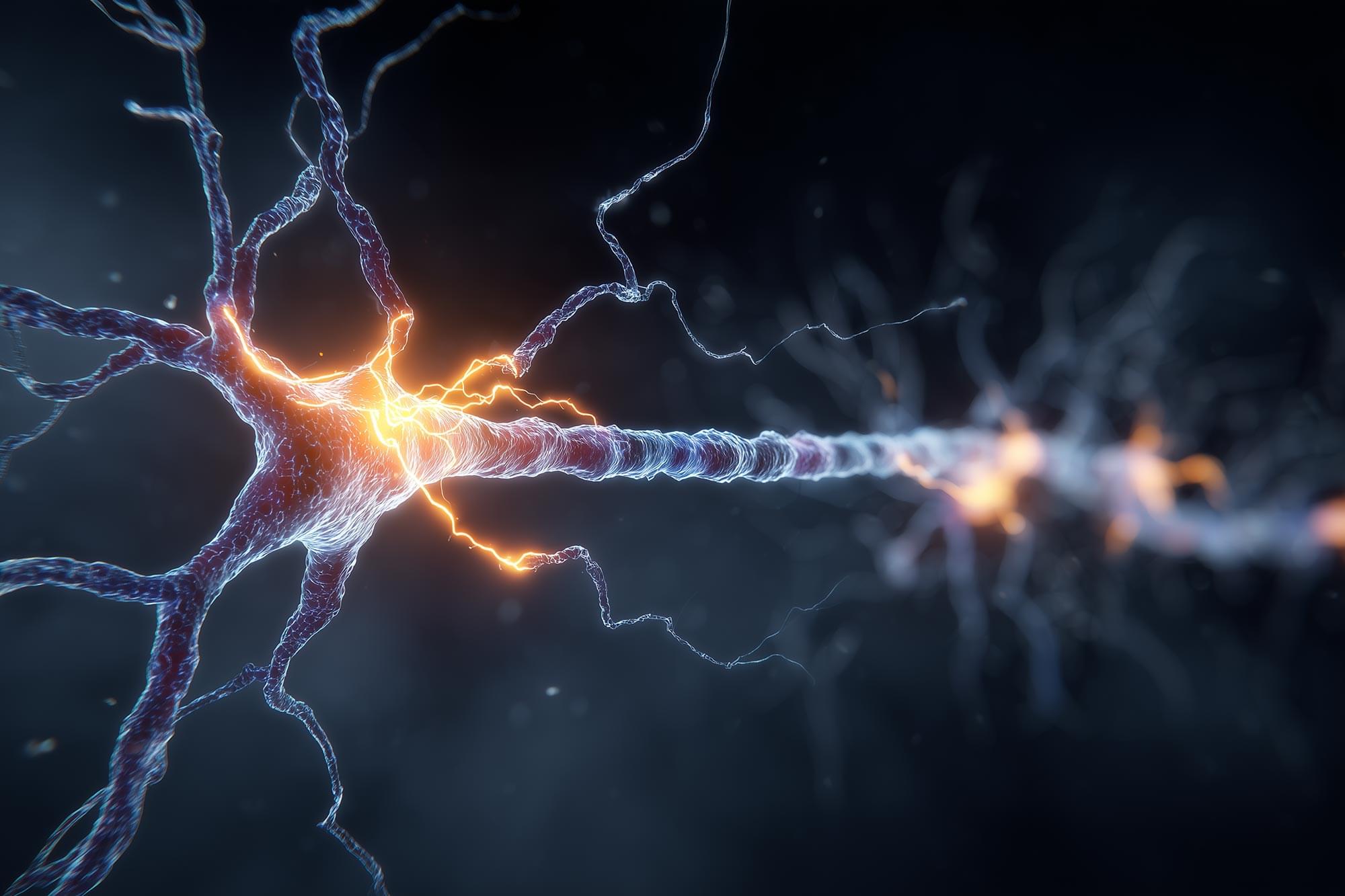Despite continuous efforts to evaluate and predict changes in Earth’s climate, most models still struggle to accurately simulate extreme precipitation events. Models like the Coupled Model Intercomparison Project Phases 5 and 6 (CMIP5 and CMIP6) use fairly coarse resolution due to computing constraints, making it a little easier, faster and less expensive to run simulations, while still providing some degree of accuracy.
However, a new study, published in Nature Geoscience, is shedding light on some of the features missed by these coarser resolution models.
The team involved in the study developed a higher resolution model that breaks up the atmosphere into 10–25 km (6–15.5 mile) squares for analysis, instead of 100 km (62 mile) squares. Their high-resolution model is based on the Community Earth System Model v.1.3 (CESM-HR), which looks at the time period between 1920–2100. These results are then compared with the low-resolution version’s (CESM-LR) results.









